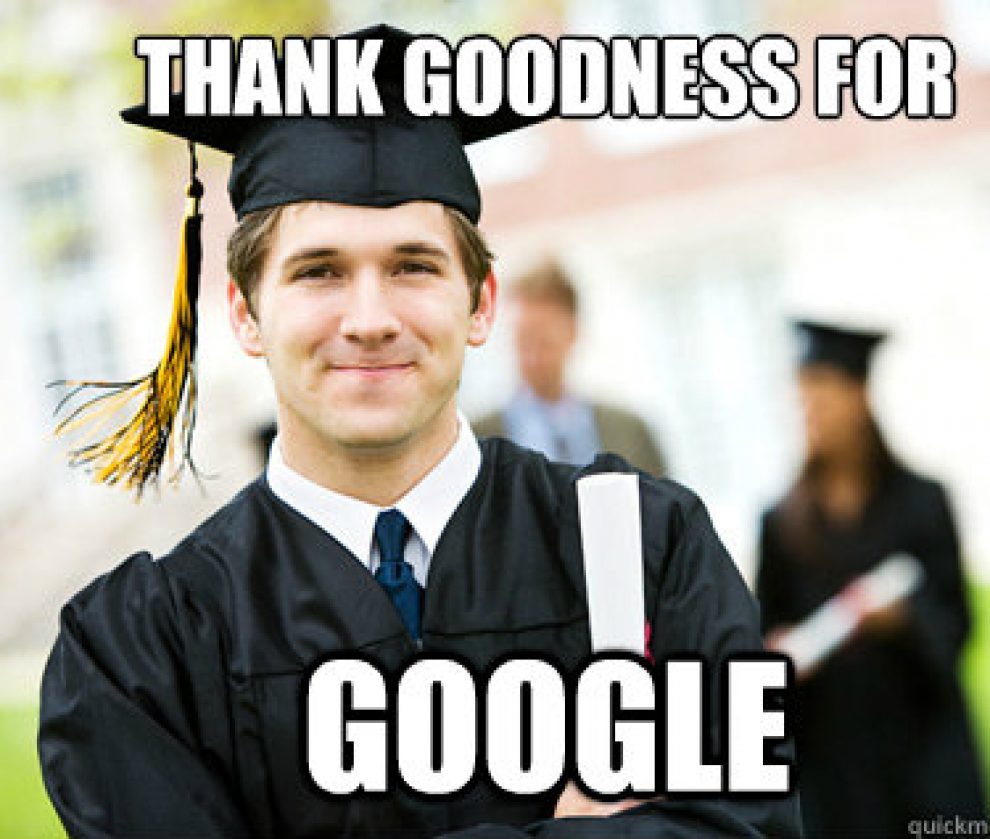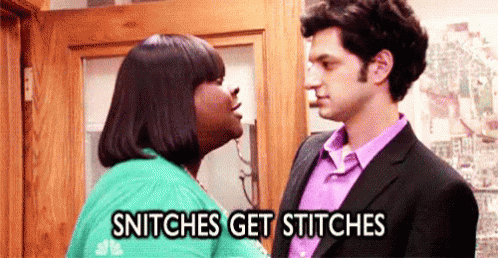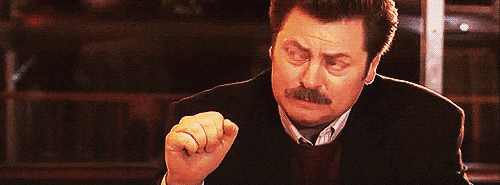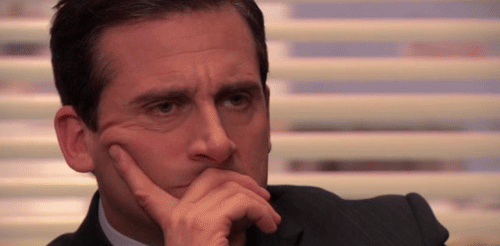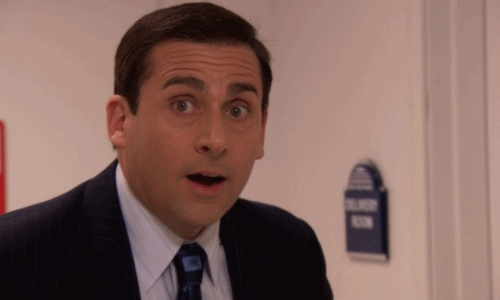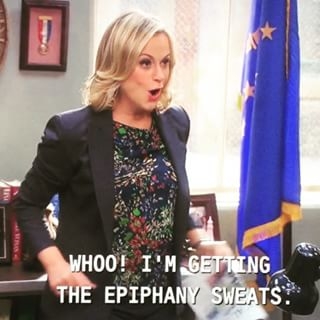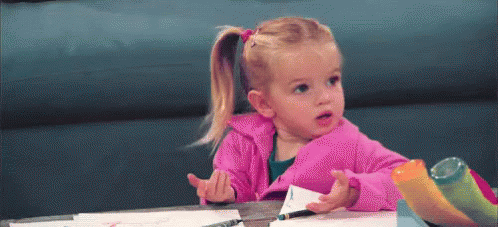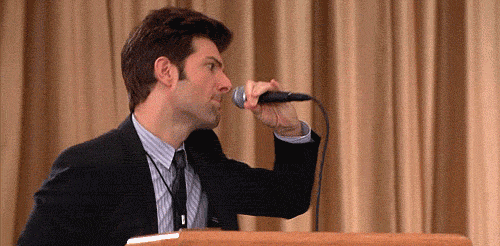After reading the first two sentences of Michael Kleine’s article, “What Is It We Do When We Write Articles Like This One-and How Can We Get Students to Join Us?,” I knew I was in for a good read. He begins writing about a situation all students know too well- going to one place to find all the information needed to write on a specific top. Whether this place is the library, the internet, an archive or some other place where research is conducted, most everyone (aka most students) can say they don’t exhaust every place where information can be collected.
He also notes that upon observing students writing research papers, they were not really writing at all- they were copying. He writes, “I imagined, then, that they saw their purpose as one of lifting and transporting text substance from one location, the library, to another, their teachers’ briefcases” (23).
My fellow peers…HE’S SELLING US OUT. Not really though, because (and this is my own personal experience) my generation has grown up surrounded by technology so it only makes sense that our go to resource for information is the internet. The library has become a place to escape the noise of the world to do homework or a project or more homework, all while in deathly silence due to the threat of a librarian’s piercing stare of disapproval, or vicious “SH.”
While Kleine offers some criticism of students’ procedures in writing research papers, he also makes the reader think about the ways in which they obtain their research, and how it shapes their methodologies. He describes what he calls “hunters” and “gatherers.” “A hunter must go in to the world with a strong sense of purpose and direction, and employ deliberate strategies and technologies to kill his game, while a gatherer must look about widely, making sense and use of the food he discovers fortuitously” (25). Thus, a hunter finds what they’re looking for while a gatherer discovers what may be of use.
Researcher’s collect, sift, seek patterns and finally translate their findings. But do they do this in the way of the hunter or the gatherer?
For me, I believe I am a mix of both. While I usually have a strong sense of the information I’m looking for, it’s not uncommon that I stumble across something that leads me to a new aspect of my research topic. Recording this information is helpful, as it may support my argument, or prove to be a tangent. Either way, gathering information to potentially use to support my facts is a great way to make sure I as the researcher am as thorough as possible, and see as many aspects to my research as possible. However, this all begins with a specific motive that can be built on along the way.
-FH
